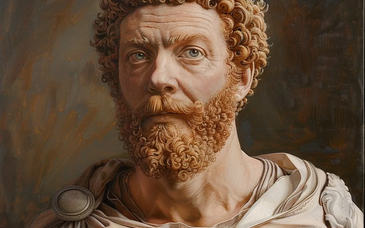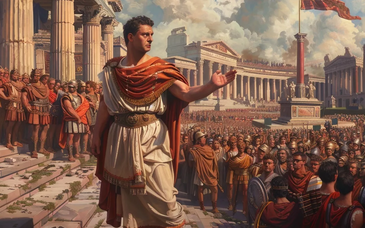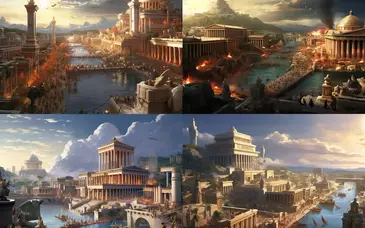The Ancient Roman Empire is renowned for its military prowess and engineering marvels, and one of the most iconic war machines from that era was the catapult. This formidable invention played a crucial role in shaping the outcomes of battles, and its engineering principles have left a lasting legacy in the history of warfare. In this post, we will delve into the fascinating world of the Ancient Roman catapult.
The Birth of the Catapult
The concept of a catapult, which is essentially a machine used to launch projectiles, can be traced back to ancient times, with early references found in works from ancient Greek engineers like Archimedes. The Romans, however, took this concept to new heights by developing and perfecting various types of catapults for use in their military campaigns.
Types of Roman Catapults
The Romans created two primary types of catapults: the Ballista and the Onager.
- Ballista: The Ballista was a crossbow-like weapon that launched large bolts or stones with tremendous force. It was highly accurate and effective at targeting both personnel and fortifications. The design of the Ballista allowed it to shoot projectiles over long distances, making it an invaluable asset on the battlefield.
- Onager: The Onager, on the other hand, was a torsion-powered catapult that utilized twisted ropes for its launching mechanism. It was capable of launching larger projectiles, such as heavy stones or incendiary materials, and was particularly effective against fortifications and enemy infantry.
Tactics and Warfare
The Ancient Roman catapults were instrumental in siege warfare. These formidable machines could reduce enemy fortifications to rubble, making it easier for Roman legions to storm a city or fort. The use of catapults was not limited to offensive operations; they were also employed defensively to repel enemy assaults. The range and accuracy of these war machines gave the Romans a significant advantage on the battlefield.
Engineering Marvels
The construction of Roman catapults was a feat of engineering excellence. Skilled craftsmen and engineers carefully designed and built these machines, often using durable materials like wood and iron. The precision required for these weapons was immense, as even a slight miscalculation in tension or alignment could render the machine useless or dangerous to its operators.
Legacy and Influence
The Ancient Roman catapults have left an enduring legacy in the history of military technology. While modern warfare has evolved significantly, the basic principles behind these machines – the transfer of stored energy to launch projectiles – continue to influence the design of artillery and siege weapons.
The Ancient Roman catapults represent a remarkable fusion of engineering prowess and military strategy. They were essential instruments in the expansion and defense of the Roman Empire, and their legacy continues to influence the development of weapons and machinery to this day. These war machines are a testament to the innovation and resourcefulness of the ancient world, and they remain a source of fascination and admiration for those interested in the history of warfare.







